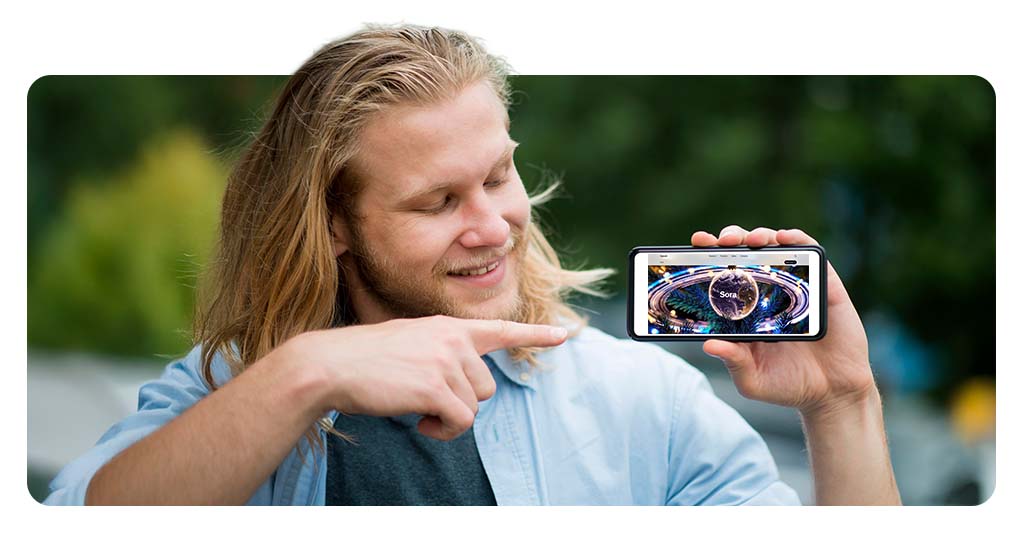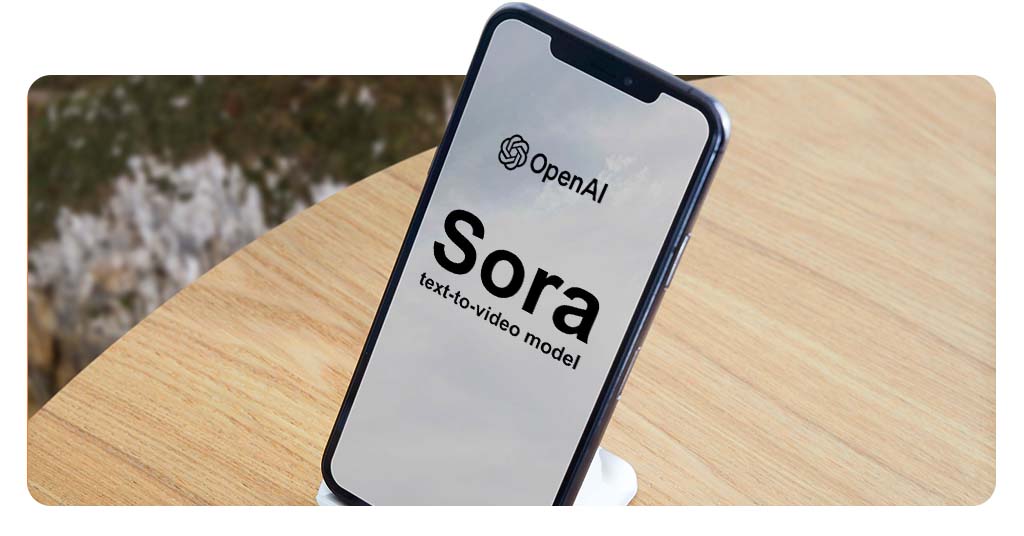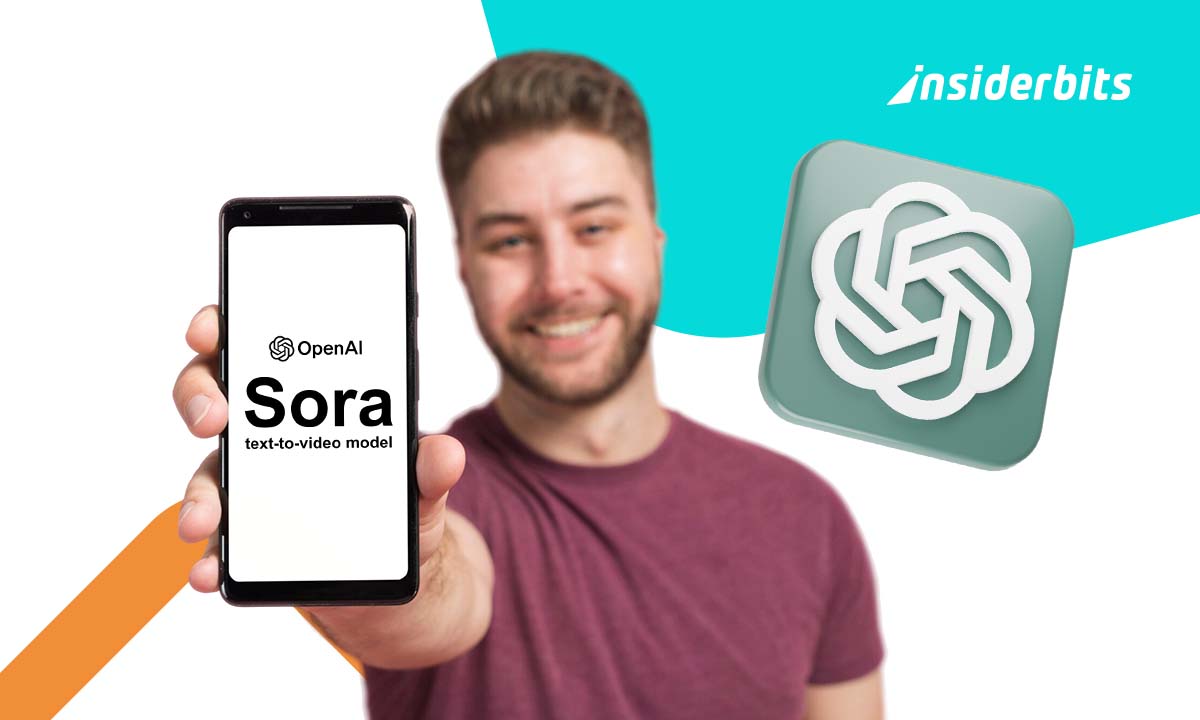The AI revolution has taken another leap forward with ChatGPT Sora, OpenAI’s latest innovation in image generation.
This powerful tool promises to transform how we create visual content—from marketing materials to concept art—with just a few text prompts.
But what exactly is Sora, and how does it differ from existing AI tools like DALL·E or MidJourney?
ChatGPT Sora: What It Is and How It Works
Unlike conventional image generators that often produce distorted or incoherent outputs, Sora leverages three transformative innovations:
Enhanced Diffusion Architecture
- Utilizes a novel noise-reduction algorithm that preserves fine details;
- Maintains object consistency across complex scenes;
- Reduces common artifacts like blurry faces or malformed hands.
Semantic Context Engine
- Deep understanding of abstract concepts and metaphors;
- Interprets nuanced requests (e.g., “a melancholic sunset over futuristic ruins”);
- Maintains logical relationships between objects in a scene.
Multi-Modal Style Fusion
- Seamlessly blends artistic styles without contamination;
- Preserves anatomical correctness in diverse art styles;
- Enables hybrid outputs (e.g., “Renaissance painting of a quantum computer”).
Unparalleled Creative Capabilities
Sora’s feature set redefines what’s possible with AI-assisted design:
Text-to-Image Generation
- Creates photorealistic or stylized images from any descriptive prompt;
- Handles complex compositions with multiple subjects and environments;
- Example: input “a steampunk library floating in clouds, with intricate brass machinery visible through stained glass windows” yields publication-ready concept art.
Intelligent Image Editing
- Make natural-language modifications to existing images:
- “Change the dress to emerald green and add Art Deco jewelry”;
- “Convert this daytime scene to moody film noir lighting”.
- Preserves original image quality during transformations.
Style Mastery
- Faithfully replicates specific artistic movements:
- Japanese ukiyo-e woodblock interpretations;
- 1980s comic book aesthetics;
- Contemporary 3D render styles.
- Adapts to user-provided style references;
Practical Application:
A digital marketing team can now:
- Generate 50+ unique ad variations in minutes;
- Tailor visuals to different cultural contexts;
- Rapidly prototype packaging designs;
- Create personalized product illustrations at scale.
This represents a 10-20x efficiency gain over traditional workflows, though human oversight remains crucial for brand alignment and emotional resonance.
Industry impact: early adopters report reducing content production costs by 40-60% while increasing A/B testing capabilities exponentially. However, the most successful implementations combine Sora’s speed with human creative direction.

Practical Ways to Use ChatGPT Sora in Your Projects
From professional workflows to creative experimentation, ChatGPT Sora unlocks new possibilities for visual content creation.
Whether you’re a solo creator or part of a large team, Sora can enhance your projects in unexpected ways while raising important questions about responsible use.
Content Creation
- Generate blog post thumbnails;
- Design social media graphics without Photoshop;
- Create concept art for games/films.
Business & Marketing
- Produce product mockups for e-commerce;
- Customize ad visuals for A/B testing;
- Design presentation slides faster.
Personal Projects
- Visualize story characters for writers;
- Create unique wallpapers;
- Experiment with AI-assisted art.
Pro tip: pair Sora with ChatGPT for refined prompts and ideation.
Ethical Issues Raised by ChatGPT Sora
While exciting, Sora sparks serious concerns:
- Copyright Risks: who owns AI-generated images?
- Misinformation: potential for deepfakes or fake news visuals.
- Artistic Integrity: is it ethical to mimic living artists’ styles?
OpenAI has implemented safeguards (like watermarks), but debates continue.
Will ChatGPT Sora Replace Graphic Designers?
The rise of ChatGPT Sora has sparked intense debate in creative circles: is this the beginning of the end for human designers, or just the dawn of a new collaborative paradigm?
The reality lies somewhere in between—while AI won’t eliminate design careers, it will fundamentally reshape the industry in ways we’re only beginning to understand.
The Changing Design Landscape
The Automation of Routine Tasks
Sora excels at handling repetitive, template-driven work that once formed the bread-and-butter for junior designers:
- Stock image creation (90% of generic stock visuals could be AI-generated by 2026);
- Basic social media graphics (think: event announcements, simple infographics);
- Product mockups for e-commerce sites.
This doesn’t mean entry-level jobs will disappear—but they will require AI proficiency as a baseline skill.
The Augmentation Paradox
For senior creatives, Sora acts as a force multiplier rather than replacement:
- Concept iteration that would take days now happens in hours;
- Style exploration with instant visualizations of “what if” scenarios;
- Client presentations with dozens of polished options instead of rough sketches.
Top studios are already reporting 30-50% faster project cycles when combining human expertise with AI tools.
The Emergence of New Specialties
The design job market is evolving to include hybrid roles:
- AI Art Directors who curate and refine AI outputs;
- Prompt Engineers specializing in “visual linguistics”;
- Ethical AI Consultants ensuring responsible use in creative work.
Why Human Designers Remain Essential
AI still struggles with:
- Strategic thinking (aligning visuals with business objectives);
- Emotional resonance (crafting imagery that truly connects);
- Cultural nuance (avoiding tone-deaf representations);
- Original storytelling (beyond remixing existing tropes).
The New Design Career Path
Forward-thinking designers are future-proofing their careers by:
- Mastering AI collaboration (learning to direct rather than just execute);
- Developing “un-AI-able” skills like:
- Complex branding systems;
- Physical/digital experience design;
- Emotional intelligence in visual storytelling.
- Positioning as AI curators who add value through:
- Strategic editing of AI outputs;
- Custom fine-tuning for brand voices;
- Ethical oversight of generated content.

Final Thoughts
ChatGPT Sora won’t replace graphic designers any more than Photoshop did—but it will redefine what it means to be one.
The designers who thrive will be those who view AI as the most powerful tool ever added to their creative palette, not as competition.
As the industry adapts, we’re likely to see higher-value, more strategic creative roles emerge even as routine production work becomes automated.
Want to monetize AI skills? Check our guide on using ChatGPT to increase income.
Official Sora Info: OpenAI’s Sora Page.





